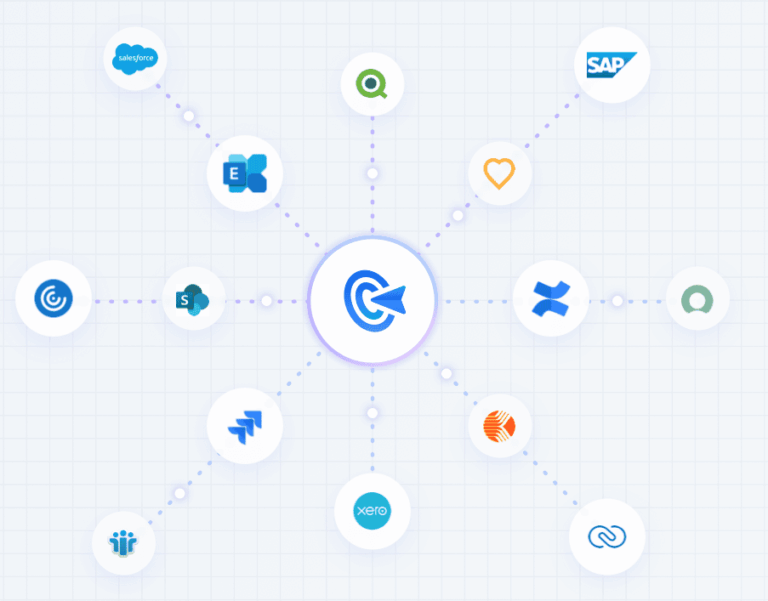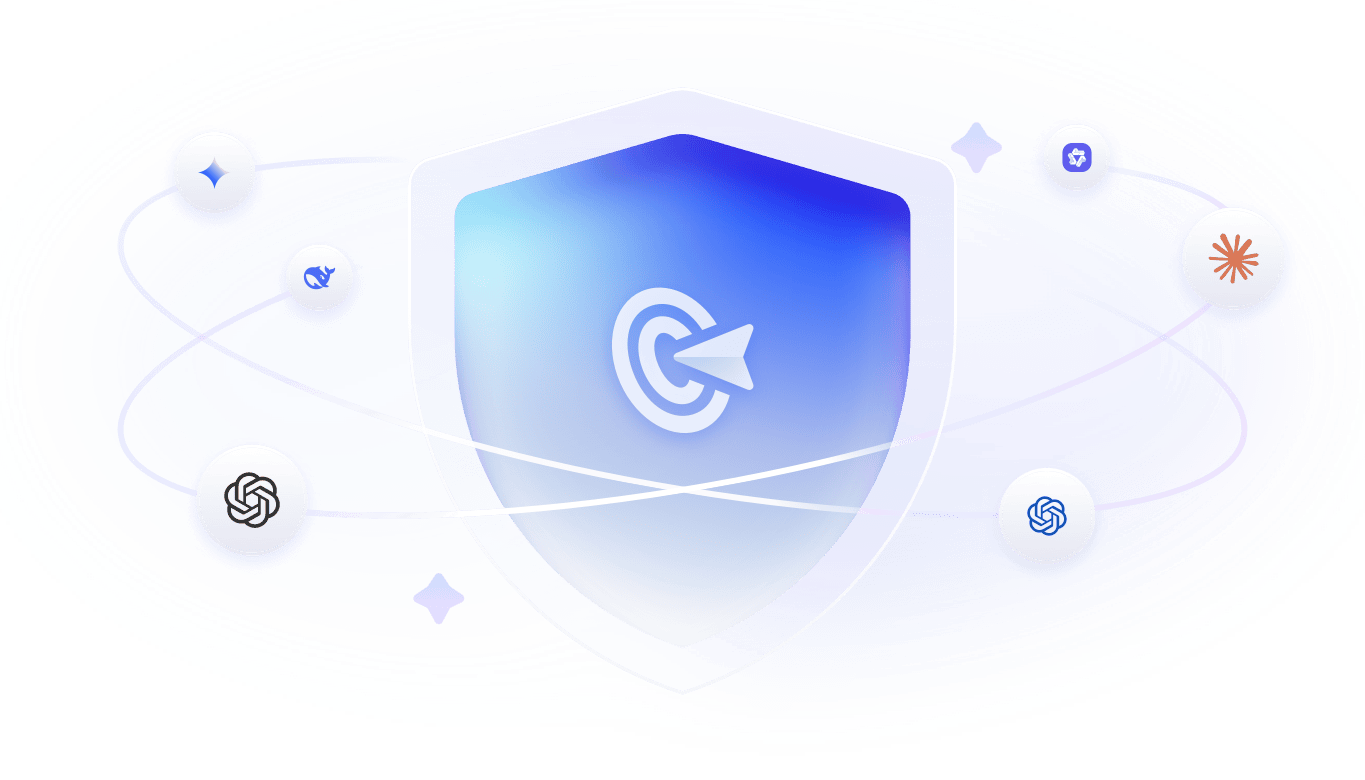How to Write an Interview Transcript That Actually Works
Frustrated with AI responses falling short? Explore GoInsight to tailor and refine your workflows, boosting your effectiveness and productivity.

You've wrapped a fantastic interview. The audio is clear, and the insights are gold, yet they are only useful once they are on paper. Composing an interview transcript can be tedious, but a good transcript pays off: searchable quotes, easier analysis, better accessibility, and fewer "Did they really say that?" moments later.
In the next ten minutes, you'll discover:
- The three main transcript styles and when to use them
- A practical, seven-step workflow for manual transcription
- Five smart tools that turn hours of typing into minutes of polishing
- Simple formatting tweaks that lift your transcript from OK to professional
If you've ever wondered how to write a transcript of interview sessions without losing your weekend, this guide is for you.
Types of Interview Transcripts
An interview transcript is a written record of spoken conversation, usually labelled by speaker and time-stamped for easy reference.
| Style | When to use it | Tiny "interview transcript example" |
|---|---|---|
| Verbatim | Court cases, linguistic research | "I, um, well, I guess we'll launch next week—yeah." |
| Clean Verbatim | Blogs, press releases | "I guess we'll launch next week." |
| Edited / Intelligent Verbatim | Annual reports, marketing copy | "We plan to launch next week." |
How to Transcribe an Interview
Why Bother With Manual Transcription?
AI is brilliant—until the Wi-Fi drops, the mic crackles, or your guest's Glaswegian accent throws every algorithm off. Manual work still wins when:
- Confidential material can't leave your laptop
- Multiple speakers talk over each other
- Accuracy must be 99 percent or higher
Yes, manual is slower, but it's the only way to guarantee fidelity.
Seven-Step Manual Workflow
1. Set up your space – quiet room, ergonomic chair, decent headphones.
2. Pick playback software – Express Scribe or VLC lets you slow, loop, and rewind hands-free.
3. Create a speaker key – e.g., "INT:" for interviewer, "RESP:" for respondent.
4. First pass: rough draft – type everything, ignore punctuation.
5. Second pass: accuracy plus timestamps– rewind, polish sentences, add [00:30] markers every 30–60 seconds.
6. Clean to chosen style – remove fillers (clean verbatim) or rewrite for flow (edited).
7. Proofread once more – fresh eyes catch sneaky typos.
Tools That Make Manual Easier
| Tool | Why it helps |
|---|---|
| Express Scribe | Hotkeys & foot-pedal support keep hands on keyboard. |
| Noise-cancelling headphones | Pull faint voices out of the background hum. |
| Phrase Express | Auto-expands "INT:" into full labels, saving keystrokes |
| Cloud backup (Drive, Dropbox) | A hard-drive crash should never wipe five hours of work |
Smart Ways to Transcribe an Interview
Manual accuracy is great, but sometimes you just need speed. These five apps deliver a solid first draft you can tidy later.
| Tool | Best for | Why you'll like it |
|---|---|---|
| Google Meet's caption & transcript | Live interviews | Turn on captions during the call; Meet saves a text file afterward. Accuracy is high in quiet rooms, and it's free if you already use Workspace. Great for quick turnaround or remote panels. |
| Microsoft Word online ("Transcribe") | Fast uploads | Drag an .mp3 or .wav into Word 365; within minutes, you get a timestamped, speaker-labelled draft. The five-hour monthly quota is generous for most freelancers. |
| OneNote Dictate/Transcribe | Integrated notes + audio | Record in OneNote, jot key ideas beside the live transcript, then export everything to Word. Perfect for students juggling lectures and interviews. |
| Otter.ai | Team meetings & AI summaries | Otter identifies speakers, syncs with calendars, and spits out bullet-point highlights. Its mobile app records on the go, making it a journalist's favourite. |
| Notta.ai | Multidevice, multilingual | Works on Chrome, iOS, Android, and desktop; supports 100+ languages. Handy if you interview overseas or switch between laptop and phone during fieldwork. |
Why these tools beat pure manual?
They cut drafting time by up to 90 percent, flag keywords automatically, and let you search every transcript in seconds.
Tips for Formatting Your Interview Transcript Professionally
So you've transcribed the interview; nice work. But before you send it off, publish it, or attach it to your dissertation, give the formatting a once-over. Even a brilliant transcript can look messy without structure. Here's how to make it read cleanly and professionally:
- Use consistent speaker labels. Stick to "Interviewer / Respondent" or real names, but don't mix them.
- Add timestamps regularly. Every 30–60 seconds is the norm, especially in research transcripts. Use the format [00:30] or (01:15).
- Break it into readable chunks. Long, unbroken paragraphs are tough on the eyes. Insert line breaks every 2–4 sentences.
- Spell-check and grammar-check. Even clean verbatim needs polishing for typos.
- Use headings (optional). For longer interviews, group content into themes or sections. This is especially useful in published or edited versions.
- Save in multiple formats. PDF for sharing, DOCX for editing, and TXT for backups.
Bonus tip: If you're working on an assignment, check with your tutor or department—many have specific style guides for transcripts.
Proper formatting ensures your hard work gets read and respected.
Conclusion
Learning how to write an interview transcript effectively can save you time and effort. Choose the right style—verbatim for accuracy, clean for readability, or edited for polished prose. Use AI tools like Otter or Microsoft Word for clear recordings and tight deadlines, then refine as needed. For nuanced content, manual transcription is best. Consistency, file backups, and readability are key to producing transcripts that are well-received and efficient.






Leave a Reply.